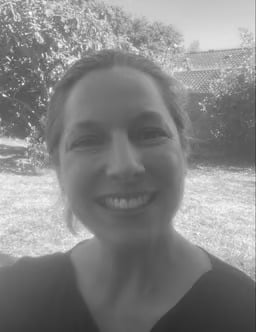Making Salts (Oxford AQA IGCSE Chemistry)
Revision Note

Author
Philippa PlattExpertise
Chemistry
Making Salts
Using metals
Not all metals are suitable to make salts
Metals such as copper which are below hydrogen in the reactivity series will not react with acids
It is too dangerous for reactive metals such as sodium to be mixed with acids
The reaction is explosive
Zinc is an appropriate metal to make a salt
zinc + hydrochloric acid → zinc chloride + hydrogen
Zn (s) + 2HCl (aq) → ZnCl2 (aq) + H2 (g)
In this reaction the hydrogen ion in the acid is replaced by the metal to form the salt
Using bases
A salt is a compound that is formed when the hydrogen atom in an acid is replaced by a metal
For example, if we replace the H in HCl with a potassium atom, then the salt potassium chloride is formed, KCl
Salts are an important branch of chemistry due to the varied and important uses of this class of compounds
These uses include fertilisers, batteries, cleaning products, healthcare products and fungicides
Some salts can be extracted by mining but others need to be prepared in the laboratory
Adding acid to an insoluble base or insoluble carbonate

Method
Add dilute acid into a beaker and heat using a Bunsen burner flame
Add the insoluble metal, base or carbonate, a little at a time, to the warm dilute acid and stir until the base is in excess (i.e. until the base stops disappearing and a suspension of the base forms in the acid)
To check the acid has been neutralised touch the glass rod onto indicator paper
Filter the mixture into an evaporating basin to remove the excess base to form the salt solution
copper(II) oxide + sulfuric acid → copper(II) sulphate + water
CuO (s) + H2SO4 (aq) → CuSO4 (aq) + H2O (l)
Using titrations
Titrations can be used to prepare a soluble salt e.g. sodium chloride from an acid and alkali
The acid and alkali are reacted together in a neutralisation reaction
When the acid and alkali are completely neutralised only a salt and water will be present in the solution
hydrochloric acid + sodium hydroxide → sodium chloride + water
HCl (aq) + NaOH (aq) → NaCl (aq) + H2O (l)
Steps to prepare a soluble salt

Method:
Use a pipette to measure a fixed volume of alkali into a conical flask and add a few drops of an indicator
Add the acid into the burette and note the starting volume
Add the acid very slowly from the burette to the conical flask until the indicator changes to the appropriate colour
Note and record the final volume of acid in the burette and calculate the volume of acid added (final volume of acid - initial volume of acid)
Add this same volume of acid into the same volume of alkali without the indicator to form the salt solution
How to Make Salt Crystals
Once the salt solutions are formed solid salts can be formed by crystallisation
This is done by directly heating the solution until salt crystals begin to appear
This forms a saturated solution
To check the solution is saturated dip a cold, glass rod into the solution and see if crystals form on the end
The filtrate can be left in a warm place to dry and crystallise
There may be some solution remaining, so this can be carefully poured away and the crystals can be blotted dry with paper towel
Making Salt Crystals From a Salt Solution


You've read 0 of your 0 free revision notes
Get unlimited access
to absolutely everything:
- Downloadable PDFs
- Unlimited Revision Notes
- Topic Questions
- Past Papers
- Model Answers
- Videos (Maths and Science)
Did this page help you?